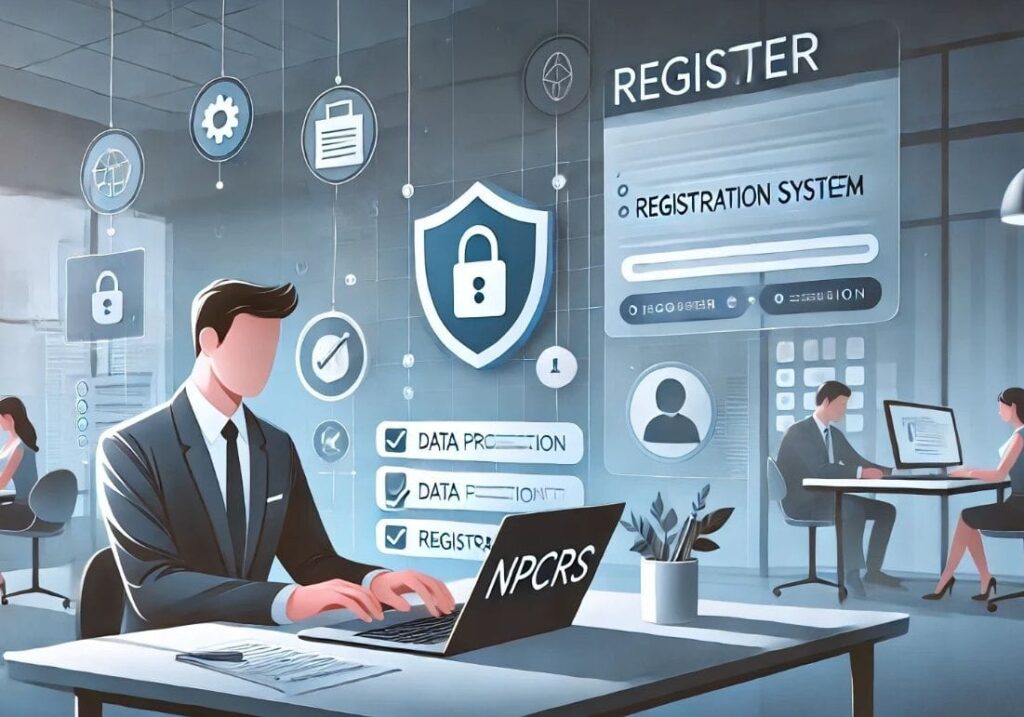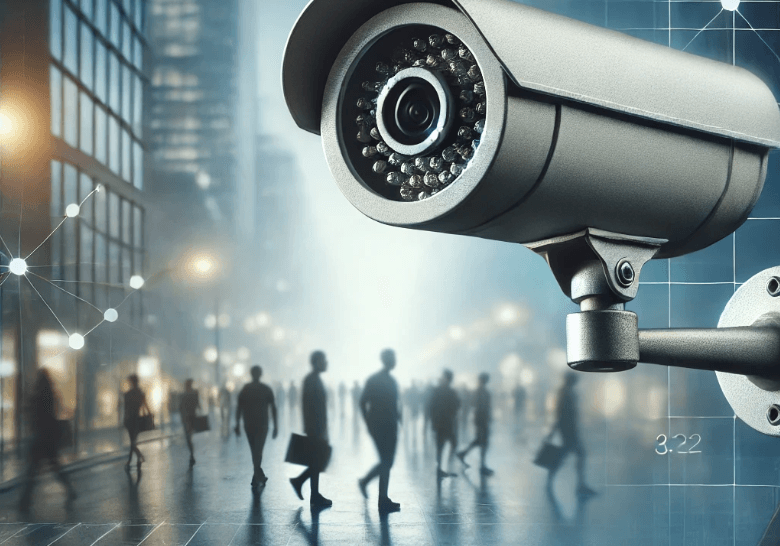The Supreme Court En Banc, during its session last August 20, 2024, approved and promulgated the Guidelines on Submission of Electronic Copies of Pleadings and Other Court Submissions Being Filed Before the Lower Courts Pursuant to the Efficient Use of Paper Rule (Guidelines for eFiling). The implementation of the electronic filing will begin on September 1, 2024, with full implementation completed by December 1, 2024. Starting September 1, 2024, trial courts shall only act upon pleadings and other court submissions in civil cases if the filing is accompanied by an electronic transmittal of the same document in PDF format through email. Electronic submissions must be completed within 24 hours from the primary manner of service, which includes personal filing, registered mail, or accredited courier. A court may waive the electronic transmittal requirement if the annexes, exhibits, and other accompanying documents cannot readily be converted to PDF or if these consist of sealed and confidential documents. Starting September 1, 2024, all orders and documents issued by the trial courts shall also be accompanied by an electronic transmittal to the parties and their counsel of PDF copies through email. By December 1, 2024, the primary and mandatory manner of service of outbound and court documents within a certified judicial region shall be through electronic transmittal, except for Summons, which shall continue to be through personal or substituted service under Rule 14 of the Rules of Court. By December 1, 2024, within certified judicial regions, all filing and service of pleadings and other court submissions shall be done through email, except for initiatory pleadings. For initiatory pleadings, these shall continue to be done through personal service, registered mail, or accredited courier, but must be accompanied by an electronic transmittal of a PDF copy, until Rule 13 is amended by the Court. Republic of the Philippines Supreme Court Manila EN BANC NOTICE Please take notice that the Court En Banc issued a Resolution dated August 20, 2024, which reads as follows: A.M. No. 10-3-7-SC A.M. No. 11-9-4-SC RE: GUIDELINES ON SUBMISSION OF ELECTRONIC COPIES OF PLEADINGS AND OTHER COURT SUBMISSIONS BEING FILED BEFORE THE LOWER COURTS PURSUANT TO THE EFFICIENT USE OF PAPER RULE MOVING TOWARDS DIGITAL COURTS: COMPONENT ONE: TRANSITION TO ELECTRONIC FILING AND SERVICE OF PLEADINGS, MOTIONS AND OTHER DOCUMENTS AS WELL AS DIGITAL SERVICE OF ALL ORDERS IN CIVIL CASES WHEREAS, under Article VIII, Section 5(5) of the 1987 Constitution, the Supreme Court is vested with the power to “[promulgate rules concerning the protection and enforcement of constitutional rights, pleading, practice, and procedure in all courts, the admission to the practice of law, the Integrated Bar, and legal assistance to the underprivileged. Such rules shall provide a simplified and inexpensive procedure for the speedy disposition of cases, shall be uniform for all courts of the same grade, and shall not diminish, increase, or modify substantive rights.”]; WHEREAS, under Article VIII, Section 6 of the 1987 Constitution, the Supreme Court is vested with administrative supervision over all courts and the personnel thereof; WHEREAS, pursuant to this power, the Supreme Court En Banc, in A.M. No. 22-04-26-SC, crafted the Strategic Plan for Judicial Innovations for 2022-2027, which lays down the reform initiatives necessary toward achieving a technology-driven Judiciary; WHEREAS, a key activity in the Innovation outcome in the Strategic Plan for Judicial Innovations for 2022-2027 is the development of an eCourt System Version 2.0 (eCourt PH 2.0) for the digitalization of adjudication; WHEREAS, eCourt PH 2.0 comprises the following components: 1. Digital filing and service of all pleadings, motions, and other court documents, as well as the digital service of court orders in civil cases; 2. Installation of the digital case dashboard in all trial courts; 3. Digitization of existing case records and rollos in all pending cases; 4. Digital filing and service before the Supreme Court and appellate courts; 5. Digital appeals process; and 6. Digital criminal and special proceedings; WHEREAS, in an April 11, 2023 Resolution, the Supreme Court En Banc resolved to approve the Guidelines on Submission of Electronic Copies of Pleadings and Other Court Submissions Being Filed Before the Lower Courts Pursuant to the Efficient Use of Paper Rule; WHEREAS, the June 26, 2024 Report of the Office of the Court Administrator showed that the compliance by all courts with electronic filing after these administrative issuances has been less than one hundred percent; WHEREAS, it is necessary that all courts and constituents are able to comply with the changes necessary for the digital transformation of the Judiciary; WHEREAS, the Management Committee of the Strategic Plan for Judicial Innovations, on August 7, 2024, approved the plan to implement eCourt PH 2.0 in six components, the first component on electronic filing to be fully accomplished within a final transition period of three months; WHEREAS, by December 1, 2024, all civil cases pending before first- and second-level courts shall use electronic transmittal as the primary manner of filing pleadings and other court submissions and their accompanying documents, such as annexes and exhibits, if any; NOW, THEREFORE, the Supreme Court En Banc resolves to ISSUE the following Resolution: PART I TRANSITION MANDATE Section 1. Mandatory submission of electronic copies of filings in civil cases. – Starting September 1, 2024, no first- or second-level court shall act upon any pleading, motion, or other court document (herein referred to as “pleading or other court submission”) filed, served, or offered in evidence in any civil case governed by the rules of civil procedure, unless the filing, service, and offer in evidence is accompanied by an electronic transmittal through e-mail of the same pleading or court submission. The additional accompanying documents of the pleading or other court submission, such as annexes, appendices, or exhibits, shall also be electronically submitted. However, upon motion of the filing party or counsel, a court may waive the requirement of electronic transmittal of the following submissions: (i) annexes, appendices, exhibits, or other accompanying documents to pleadings or other court submissions not readily amenable to digitization to portable document format (PDF); and (ii) sealed and confidential documents or records. The court shall ensure that all orders













